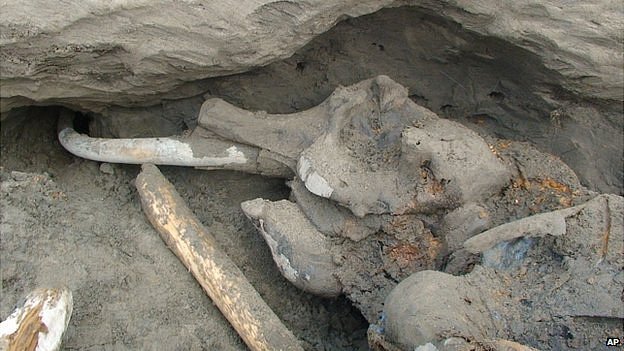In a study recently published in Nature scientists use magnets to kill cancer. To do this, the researchers introduced zinc doped iron nanoparticles which they conjugated to an antibody for the protein death receptor 4 into a culture of colon cancer cells (DLD-1). When a magnetic field is subsequently applied the nanoparticles cause the cells containing them to enter into an apoptotic cycle and die. From Science News:
In the past, scientists have explored killing cancer using tiny iron-containing nanoparticles that latch onto malignant cells and heat up when exposed to a magnetic field. In the new work, a bit of protein guides each nanoparticle to death receptor 4, an aptly named handle on the outside of a cell that acts as a molecular doomsday switch. Exposing the cells to a magnetic field makes the nanoparticles clump together. This clumping pulls together the three molecular prongs that make up the switch, activating it and triggering a process that leads to the cell’s demise.
The scientists from Yonsei University in South Korea tried the approach with a dish of colon cancer cells. Within 24 hours, more than half of the cells exposed to the magnetic field were dead, the team reports online October 7 in Nature Materials.
“They’ve identified a major opportunity for magnetic nanoparticles,” says bioengineer Andrew MacKay of the University of Southern California. “This might be a new way to do really targeted therapeutics.”
Figuring out how to target only particular cells is an ongoing problem, though. Death receptor 4 sits on normal cells too, which can also be destroyed via remote-controlled magnetism. When the researchers tested their approach on developing zebra fish, the tails of the exposed fish developed a kink where cells were killed off in a particular area.
Exciting stuff. Scientists still don’t know if this can be developed into a meaningful therapy. Many cells in the body contain death receptor 4 including healthy cells and they would also be effected by this treatment. More work needs to be done to improve selective delivery of these nanoparticles to cancer cells. They are currently exploring other targets that may improve the nanoparticles’ selectivity.

